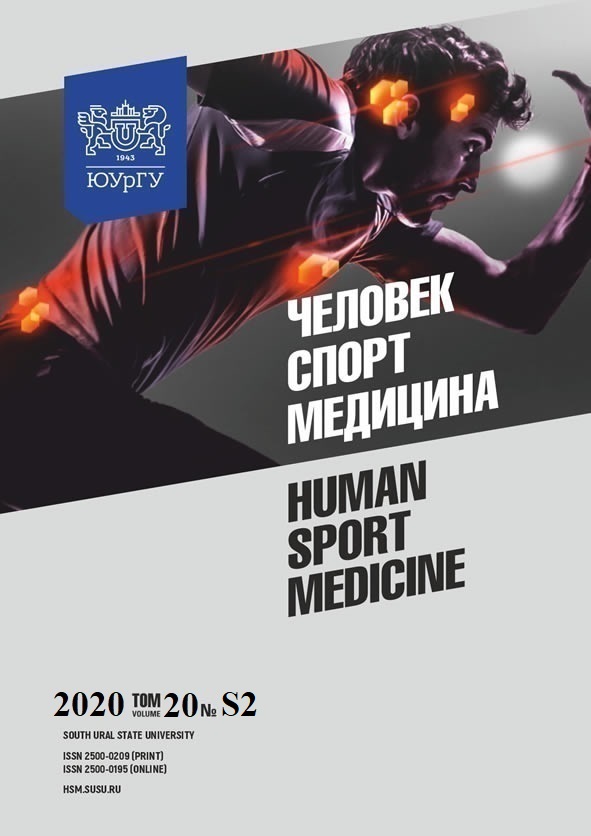TEACHING SWIMMING IN PRIMARY SCHOOL CHILDREN
Abstract
Aim. The paper aims to justify the method of teaching swimming in 7–8-year-old children by means of primary acquisition of front crawl and back crawl skills. Materials and methods. The developed method was tested in a small-size swimming pool (10 × 20 m, Stroitel Swimming Pool, Chelyabinsk). 40 children ages 7–8 participated in the experiment and were divided into the control and experimental groups, 20 children each group (10 males and 10 females). All children had the same swimming and physical fitness. In the experimental group, the ratio between front crawl and back crawl was 60/40. The following methods were used to justify the effectiveness of the developed program: pedagogical testing, pedagogical experiment, expert assessment, mathematical statistics. Results. It was proved that the use of the developed program for the primary acquisition of swimming skills in 7–8-year-old children positively affected front crawl and back crawl techniques. The obtained data can be used by swimming coaches working with children. Conclusion. The efficiency of the experimental program can be explained by a positive transition of swimming styles and the correct sequence of skills acquisition.
References
References on translit
Copyright (c) 2021 Human. Sport. Medicine

This work is licensed under a Creative Commons Attribution-NonCommercial-NoDerivatives 4.0 International License.















